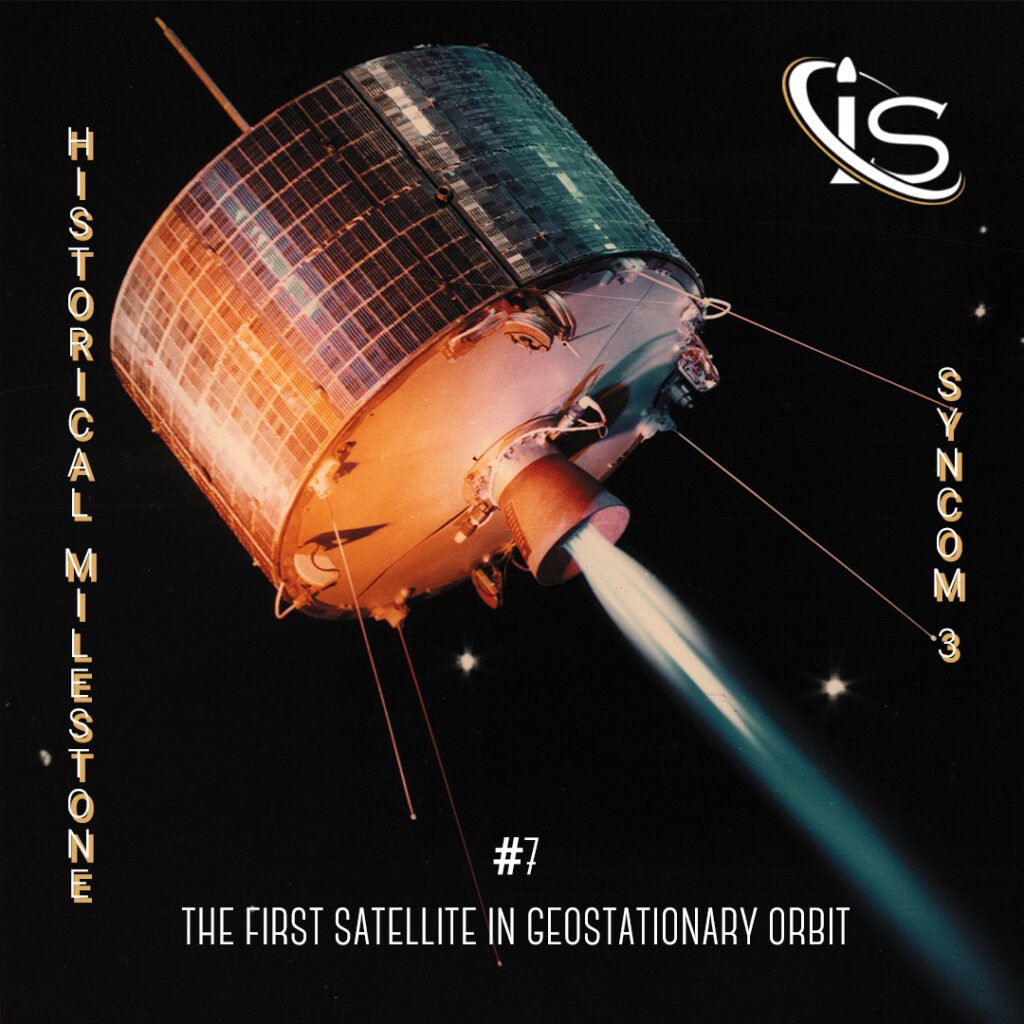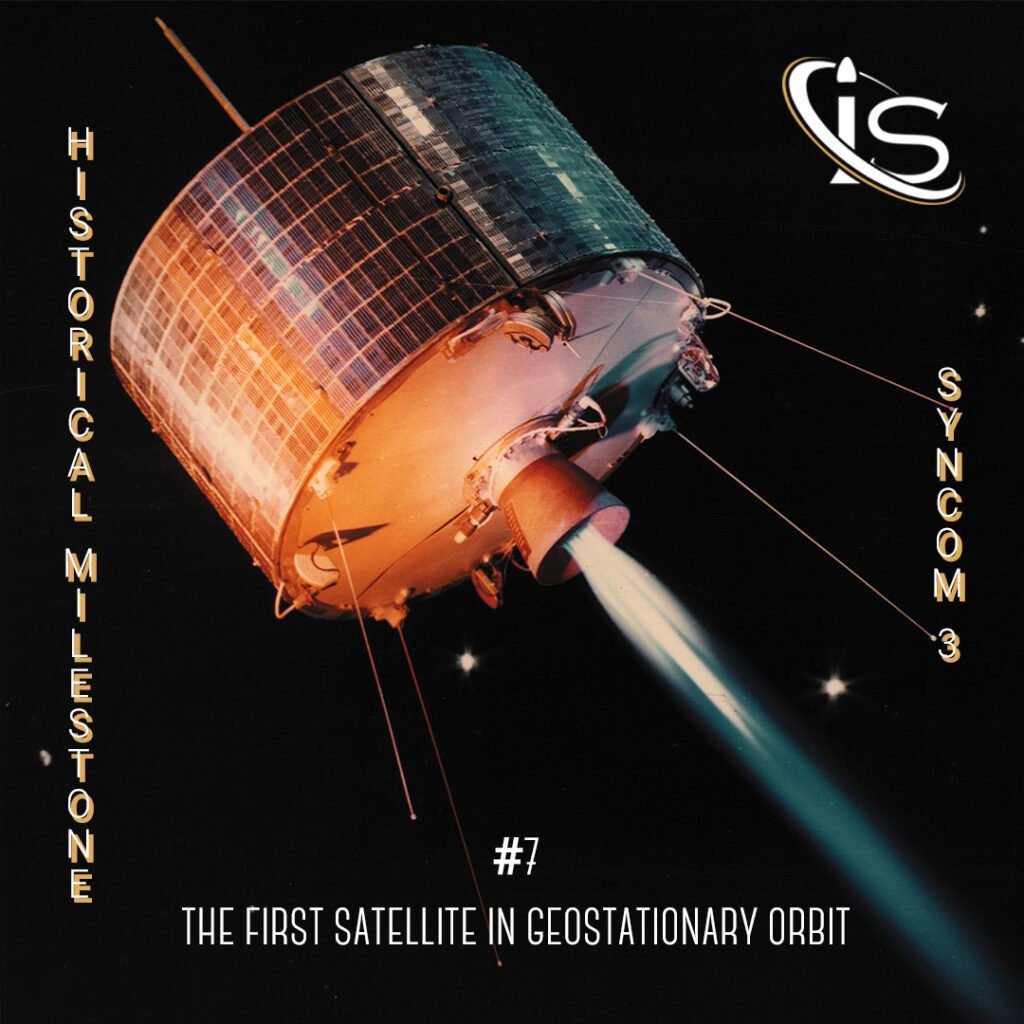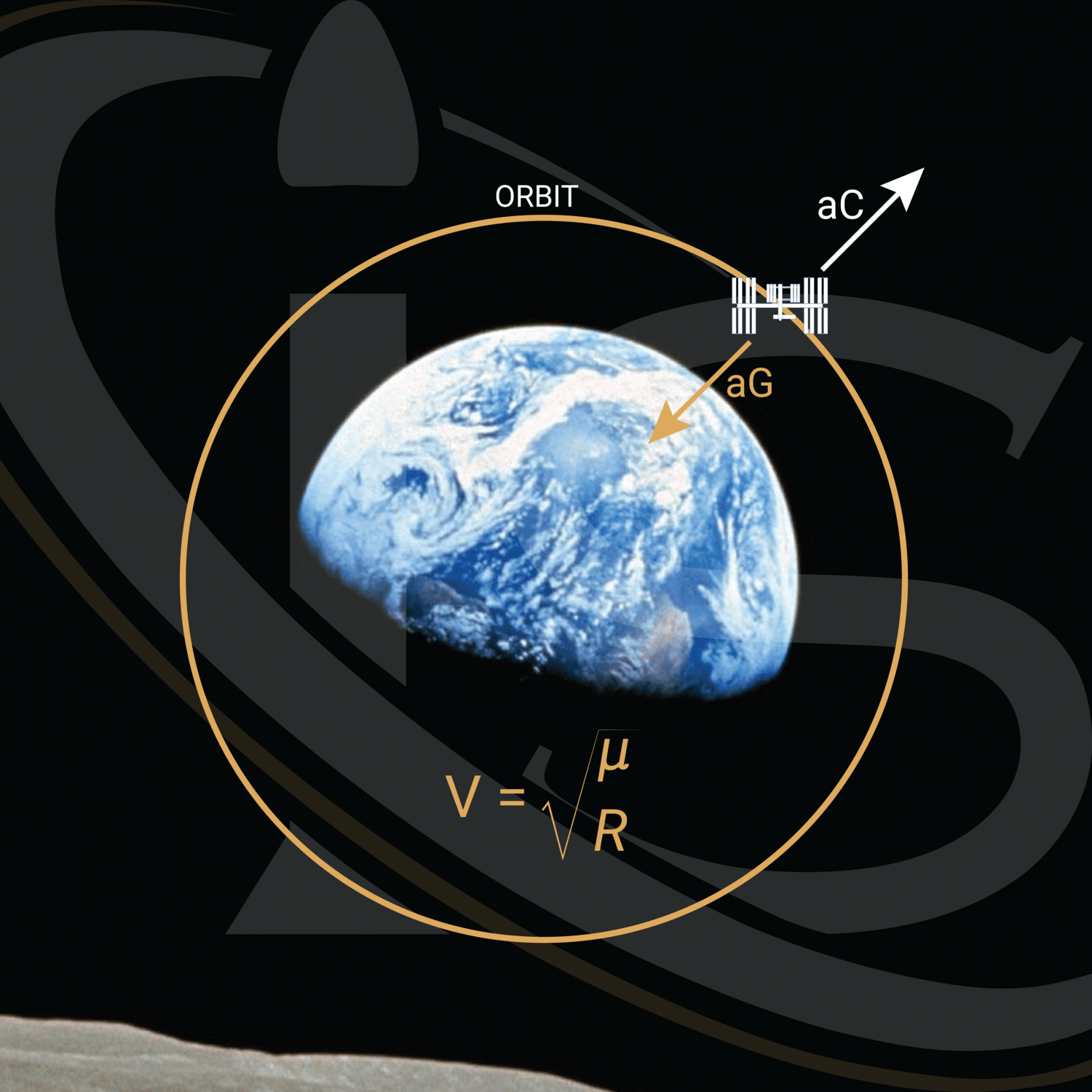Welcome back, everyone, to another installment of our historical milestones series. As we went over the first satellite in polar orbit in our very first milestone, it seems only natural that we cover the first geostationary one, as well. The anniversary for it is right on this day, August 19th. The name of the satellite in question, Syncom 3 — also known as Synchronous Communications Satellite 3. As for when it happened, it was almost 60 years ago, in 1964. And now, without further ado, let’s get into today’s topic.

Syncom 3
Syncom 3 was launched from Cape Kennedy (name that was given to Cape Canaveral from 1963 to 1973) and was subsequently injected into an orbit inclined 16 degrees to the equator. At this point, the apogee motor was fired to get the satellite into a circular near-synchronous orbit. The measurements for said orbit were 35,670 km x 35,908 km. And those numbers should look familiar to anyone who knows the orbit classifications, as the GEO (geostationary orbit) is 35,786 km in altitude.

After reaching this point, Syncom carried out a series of maneuvers to align itself within 0.1o of the equator. It, then, slowed its speed while reaching the planned location of 180o longitude. This is where its velocity was synchronized to Earth’s rotation, making it the first satellite to be placed in geostationary orbit. The end of the maneuvers occurred on September 23rd, 1964.
As the name suggests, Syncom 3 was not the first in this series of spacecrafts. In fact, its predecessors, Syncom 1 and 2, both tried to reach a geosynchronous orbit prior to it. However, Syncom 2 had launched successfully but reached an orbit that was still inclined to the equator, while Syncom 1 lost communication with the ground shortly after entering its initial elliptical orbit.
What It Was Used For
Now that it had reached its destination, Syncom 3 was ready to be used. So, what exactly did this machine accomplish. Well, at first, it was used more for entertainment purposes, with its coverage of the 1964 Tokyo Olympics being of particular note. It was also operated in a series of transmission tests, as well as used in teletype communications with an aircraft flying the San Francisco-Honolulu route.
However, in 1965, the US Department of Defense began controlling Syncom 3. This lasted through the year 1966, with some of the transmissions being centered around the Vietnam war. The satellite then continued to remain operational, until it was shut down in April 1969.
Some Numbers
In the spirit of how we tackled the last milestone on a satellite, let’s now talk about some of the technical aspects of Syncom 3. These numbers are taken from NASA — the operators of Syncom 3 — so, I have a feeling they are fairly accurate. First off, we have its size. The Syncom satellites came in at a radius of 35.5 cm and a height of 39 cm. The fully fueled mass was a total of 68 kg.
As for the rest of the spacecraft, the apogee motor had a nozzle that extended from the bottom of the cylinder. This nozzle brought the height to a total of 64 cm. The exterior was covered in 3840 P-on-n silicon solar cells. These provided power through the sunlight throughout the vast majority of its lifespan. After all, its position placed it in sunlight 99% of the time. As for the remaining 1%, Syncom 3 was powered by Nickle-cadmium rechargeable batteries. Finally, the satellite’s velocity and attitude were controlled by nitrogen and hydrogen peroxide jets. The nitrogen ones would align the spin axis, while the hydrogen counterparts would maintain Syncom’s position.
As for its communications, Syncom 3 could handle one two-way telephone or up to 16 one-way teletype channels. The satellite, also, had a slotted dipole antenna, which was used for receiving and transmitting signals.
And that will do it for this historical milestone. I hope you enjoyed learning more about the first satellite placed in a geosynchronous orbit. Next week will be a new science capsule on famous satellite photos, so, make sure you tune in for that. “See you” all then, right here, at impulso.space.





